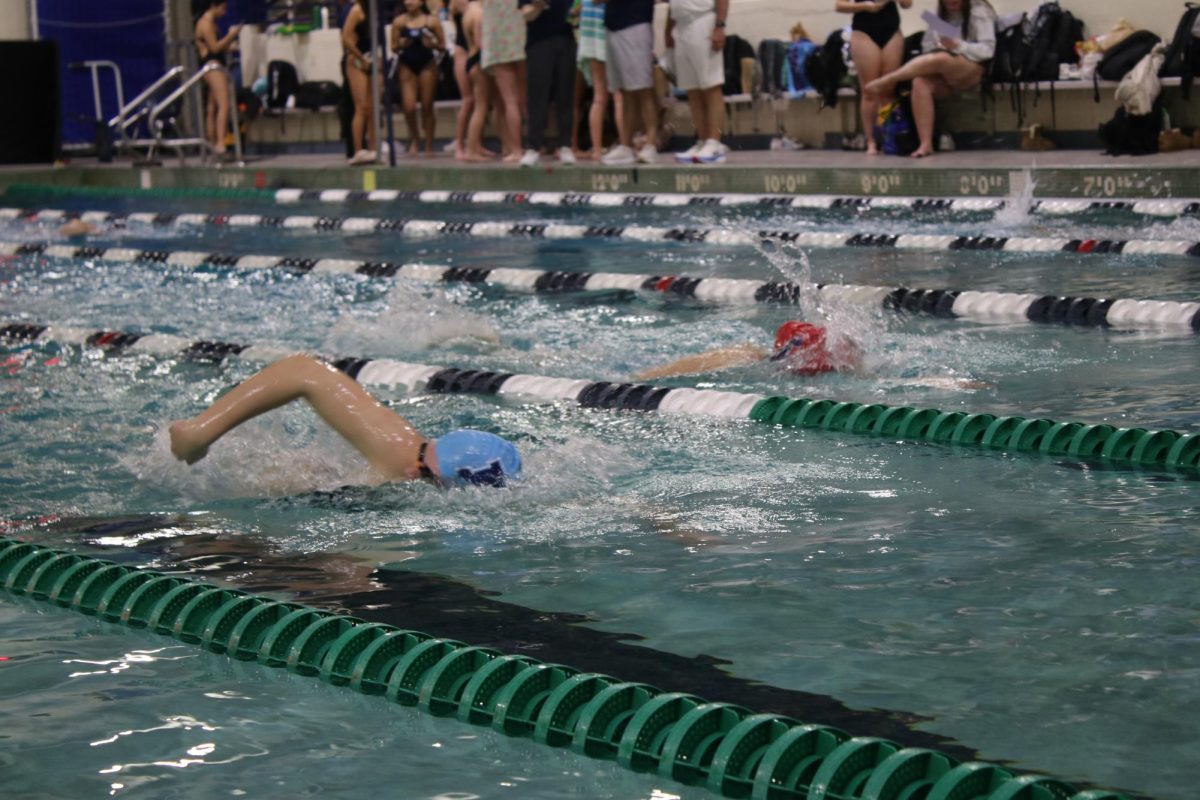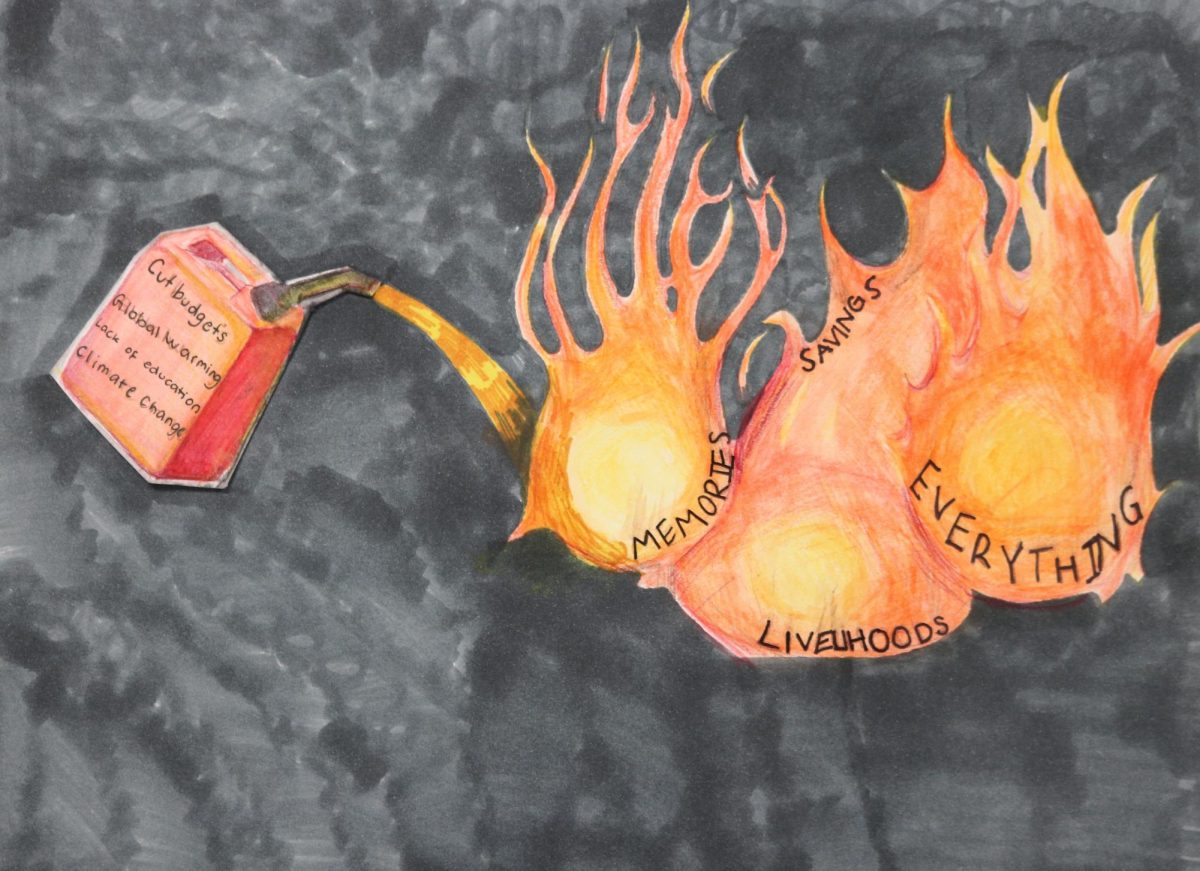Wrestlers lose weight to win matches
Pins and Wins: MHS wrestling is taking the mat by storm. Their secret to victory includes everything from young talent to cutting weight.
Media by Athena Zeng
February 19, 2016
An apple for breakfast, nothing for lunch, and an egg for dinner.
No, this isn’t some fad diet for a Spring Break beach bod. This is varsity wrestler JT Schuman’s, junior, average day of eating while cutting weight for the wrestling season.
Wrestling is the only school sport in which weight plays a major role in a competitor’s success. Competitive wrestlers have to constantly battle the scale in order to move or to stay in a weight class, usually lower than their normal weight. Wrestlers who cut weight do so to be bigger in a lower weight class, and therefore more competitive.
Schuman wrestles at 138 pounds, but was recently certified to wrestle at 132 pounds.
“It’s usually pretty tough to wrestle the first time you cut because you’re weak from cutting so much and working out,” Schuman said. “After the first time your body gets used to it and it’s a lot easier to maintain your weight.”
In order to reach his goal weight, Schuman watched what he ate very carefully and exercised. He also went as far as coming to school three days a week at 6 a.m., turning on all the showers in the locker room to create a makeshift sauna, and biking in the heat just to sweat out some water weight.
Wrestlers get the advantage when they lose water weight and fat weight, but still retain their lean body mass. To make sure the strategies of student wrestlers aren’t extremely unhealthy, there are many rules in place to regulate the wrestlers’ weights. Each wrestler from every team in Missouri is subject to a body fat test and a hydration test, in which the certifier will determine the lowest allowable weight class a wrestler can go to.
Before these rules took shape, Jacob Dieffenbach, wrestling coach, said the sport was dangerously unhealthy. He would see people working out with rubber suits or people starving themselves for a couple days.
Nonetheless Coach Dieffenbach still finds cutting weight, a large part of the “wrestling culture,” incredibly important.
“You see guys that cut weight versus guys that don’t cut weight, and there’s a big size advantage,” Coach Dieffenbach said. “If you’re wrestling a guy that’s bigger, they’re going to be stronger and they’re going to wear you out more.”
Wrestlers tend to gorge themselves after they make weight, forcing them into an unhealthy cycle of constant gains and losses in weight, which can lead to muscle loss, Coach Dieffenbach said. To avoid this he tells the wrestlers to get fluids in them after weigh ins, eat the right balance of protein and carbs, and limit their portion sizes.
If wrestlers don’t make weight, the consequences include extra punishment in practice depending on what the coaches decide.
When Josh Galmiche, junior, didn’t make weight, he didn’t wrestle.
“I was so focused on not making weight that my mind set was not the way it was supposed to be,” Galmiche said.
Luke Milla, senior, said the cutting process is 50 percent diet and 50 percent exercise, split between losing water weight, from which Milla said wrestlers can lose six pounds in a practice and the exercise they do to stay in shape.
Sometimes Milla will feel a little weak from the cutting, so he occasionally mixes caffeine packets in his water or eats caffeinated gummies called Shot Bloks to give him more energy throughout the day.
“Cutting weight is not an easy thing, but anybody can do it,” Milla said. “It sounds like it’s a bad thing, but we don’t starve ourselves, we don’t dehydrate ourselves. My opinion is, as long as you eat healthy, then your body will stay healthy.”




















